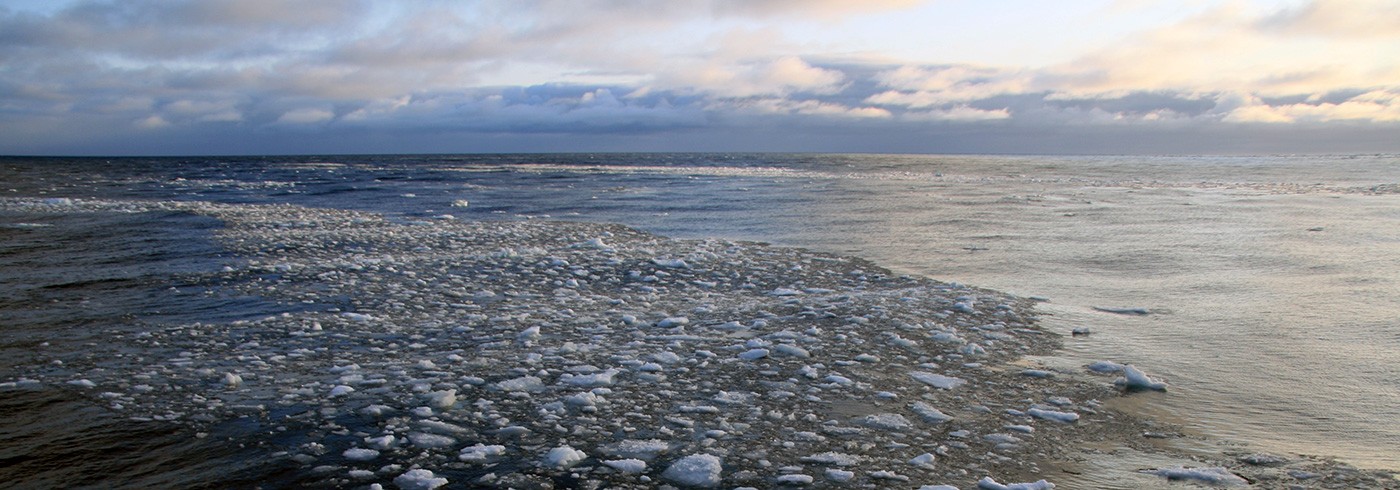This 4 000 km long area is largely unexplored, despite being one of the largest epicontinental seas in the world. The objective was to improve our understanding of the enormous flows of carbon, material, and water that pass through this system on their way from the Siberian tundra to the interior of the Arctic Ocean, particularly in terms of the effects of a changing climate.
International Siberian Shelf Study 2008
The expedition was based on a Russian research vessel, Jacob Smirnitskiy. The ship was built for hydrographical research in Arctic waters, and was fitted with new equipment for this expedition’s extensive scientific programme. The equipment included advanced sediment, water, air, and ice samplers and modern devices (including a Remote Operated Vehicle, ROV) for quick and reliable measuring variations in salt content and temperature. Flows of key greenhouse gases such as carbon dioxide and methane was measured continuously by sensitive sensors. Advanced filtration methods was used in the on-board laboratories to separate the various substances and particles present in water and sediment.
The project International Siberian Shelf Study 2008 (ISSS-08) was part of the International Polar Year (IPY), a coordinated international scientific programme that was carried out in 2007–2008 to improve our understanding of the polar regions. The expedition was financially supported by Swedish, Russian, Nordic, and American funding agencies, in particular, by the Knut and Alice Wallenberg Foundation.

Scientific objectives
In recent years, increasing attention has been paid to the importance of the polar regions in terms of their climate, ocean chemical composition, and role as recipients of pollutants transported from far away. Our understanding of these remote and inaccessible regions is far from complete, and data are often lacking regarding how a warmer climate is affecting the transport of both organic and inorganic materials from northern continental areas to the world’s oceans.
In a world where increasing amounts of fossil fuels are being burnt, climate models predict that the greatest future temperature increases will occur in the Siberian Arctic. The effects of these increased temperatures will include a smaller sea-ice sheet in the summer, the thawing and shrinkage of permafrost on land, and increased coastal erosion. All of these effects feed back into the climate system via changes in the flows of carbon and materials from land to the sea and atmosphere. The substances entering the oceans from the land in these flows are subject to biogeochemical transformation in the coastal waters, sedimentation, and transport to the Arctic central deep basins.
The overriding objective was to benchmark the current state, and how it might be affected by climate change. The focus was consequently not only on quantifying the flows, but also on understanding the underlying processes. The results of this research will play an important role in our understanding of future climate evolution and its various feedback mechanisms.
Swedish principal investigators
Örjan Gustafsson
Stockholm University
Leif Anderson
University of Gothenburg
Per Andersson
Swedish Museum of Natural History
Johan Ingri
Luleå University of Technology







